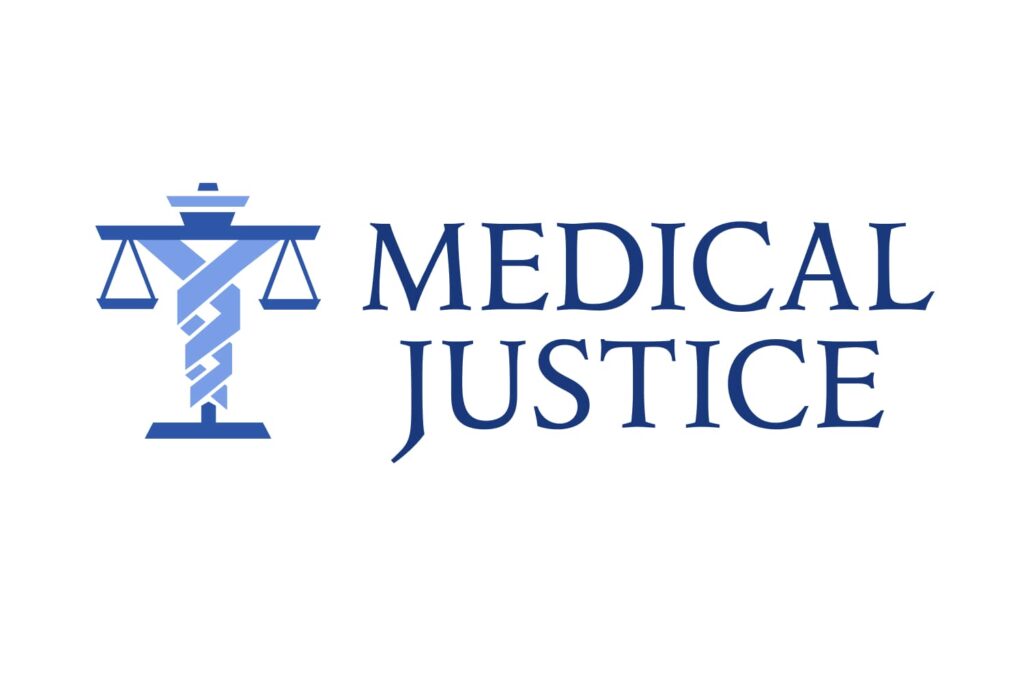Some professional liability carriers are offering discounts to physicians who have implemented electronic medical records (“EMR”). Further, under the stimulus package which was signed into law, doctors who meaningfully use EMR by 2011 will be eligible for federal subsidies up to $44,000 per practitioner. That is a chunk of change.
A number of EMR strategies are competing for acceptance.
Under one approach, the government would mandate specific standards, and EMRs would need to meet these minimal specs. This is not dissimilar to government-imposed standards for telecom and financial transactions.
Under another approach, there would be any number of EMRs out there competing in the marketplace for acceptance. The argument goes that the reason there has not been wholesale acceptance by more than a handful of practitioners is because the existing systems are cumbersome, expensive, and ineffective. In other words, the marketplace has rejected the offerings. If and when vendors can get it right, the marketplace will welcome the entry with winner take all.

The final approach is premised on the notion that healthcare is just different than other industries. Reducing healthcare to algorithms imposes greater liability than reward.
The truth about the state of EMRs is probably all of the above. For EMRs in different institutions to seamlessly communicate with one another, there must be some agreed-upon protocol to enable this. Further, if the government wants to impose more than just data storage protocols and impose a top-down design for all details of a system, we would have to hope it is perfect from the get-go; a highly improbably scenario. And finally, there are some things in healthcare that reduce well to algorithms. Others that do not.
One thing computers do well is manage data that interacts in a reliable predictable way. Take drug-drug interactions. There are many documented interactions. I first learned about this as a student. The patient was on Coumadin. He was then started on cimetidine. (It was prescription Tagamet at the time – which serves to date me by methods other than carbon 14.) The patient’s prothromobin time returned in triple digits. The reason: cimetidine slows down the liver’s metabolism of Coumadin.
The number of pharmaceutical compounds, and the number of known drug-drug interactions has multiplied since my days as a student. Having a computer sort this out to alert me of impending trouble would be quite valuable.
There are other categories where computers do help, but, human input is still important. Take clinical guidelines. The buzzword of the day is evidence-based guidelines. Who could be opposed to practicing based on evidence generated by established clinical studies? It is like being against Mom and apple pie. Conclusions supported by level 1, level 2, or level 3 evidence. Level 1 evidence is the strongest (often supported by randomized double blind controlled studies). Level 3 is the weakest. Most medical “guidelines” are based on Level 2 evidence – and can be based on studies where there is conflicting evidence. And even Level 1 studies may only control for some variables- variables which are not addressed in your patient.
It is certainly useful to be exposed to the evidence that supports guidelines. But, doctors should be allowed some latitude to deviate from these suggestions, if in their clinical judgment, the guidelines might create more harm than good.
As EMRs become more commonplace, there is a risk that established clinical guidelines will be accepted as a de-facto standard of care. Failure to adhere to such guidelines could be tantamount to malpractice. Perhaps the middle ground approach is to allow such guidelines to pop up on the EMR. There, the doctor can accept the guideline. Or he can reject it. He would merely document that he was aware of the guideline and made a judgment call as to whether it would help or hurt in this particular case.
Today, if physicians are charged with not following specific guidelines, it is usually based on the claim that the doctor was not even aware of the guidelines. The allegation goes this ignorance harmed the patient. Consciously rejecting a guideline is not the same as being ignorant of a guideline. So, perhaps there is a way to coexist with tools that serve the doctor, as opposed to the other way around.
While this is being sorted out, you have no better ally than Medical Justice to help you manage the uncertainties in the changing medico-legal world.
About Medical Justice

Medical Justice provides comprehensive support for challenges such as preventing frivolous lawsuits, addressing unwarranted refund demands, managing sham peer reviews, and safeguarding your online reputation. Our expert team assists with issues like defamatory reviews, medical board complaints, and notices of intent to sue.
We offer legal protection plans, online reputation management, and consultations for concerns that fall outside of membership coverage (such as board complaints, National Practitioner Data Bank reports, and negotiation on your behalf with patients seeking refunds), with suggested next steps to help you regain control. If you require more hands-on assistance, or if your need falls outside the scope of membership, we can often be engaged for further support. Contact us today to get started by scheduling a consultation with a member of our team.






Perhaps if the lawyers would keep out of medical practice we wouldn’t have to worry about such matters. I don’t tell them how to write their briefs, so why are they telling us what belongs in an EMR?
The article points out something important: CYA will still apply, perhaps all the more so, with the emerging EMRs. Now health care providers will have to document why they did or didn’t document.